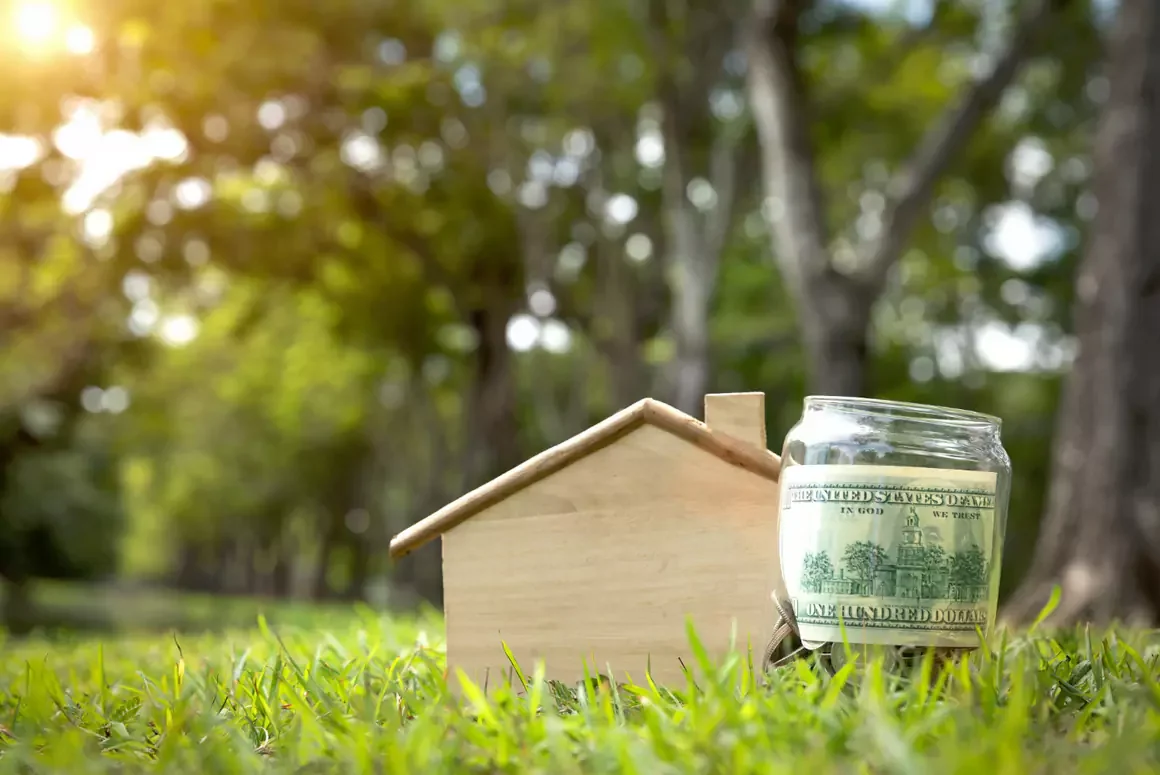What if your land could earn money beyond growing crops or raising animals? In Wales and the rest of the UK, landowners are discovering new ways to generate income from their land. They are transforming fields, barns, and rooftops into valuable assets.
In 2023-24, 71% of farms in England began activities beyond traditional farming. The most common activities were leasing buildings for non-farming purposes (50%) and generating solar energy (27%). Diversification is now essential for long-term survival and achievement in rural areas. These activities are no longer just additionals – they are necessary.
Landowners are hosting glamping retreats, opening farm shops, and investing in green energy. They are blending their heritage with new ideas. This shows that rural life is not declining but experiencing an exciting change.
Practical Ways Landowners Are Earning Beyond Farming
Here are some practical ways landlords are earning beyond farming:
1. Diversifying Revenue Streams on the Farm
Many farmers are diversifying their operations as a key strategy. A recent survey by the Wig Wam Holidays found that 65% of farmers have expanded their farms in some way, and nearly half plan to take on more projects. Popular initiatives include:
- Glamping and Holiday Lets: Turning unused land into luxury camping sites or converting barns into holiday accommodations meets the growing need for rural getaways.
- Renewable Energy Projects: Installing solar panels, wind turbines, or biomass systems offers sustainable energy. This can generate income from government incentives and energy sales.
- Farm Shops and Artisanal Products: Providing locally sourced goods and handmade crafts or organising workshops can attract tourists and residents, enhance community involvement, and create additional income.
Diversifying a farm increases income and makes it more attractive and sustainable.
2. Alternative Investments Options
Many landowners are seeking different ways to invest and diversify their portfolios in addition to their on-site projects.
- Forestry and Carbon Credits: Investing in woodland can generate money from timber sales and possibly carbon offset programs, which benefits the setting.
- Fractional Property Ownership: Joining a property crowdfunding project or co-investing in commercial real estate can provide profits without the burden of owning property alone.
- Whisky Cask Investment: For those looking to pair tradition with long-term value, whisky cask investment is one option gaining attention. Platforms like London Cask Traders allow individuals to purchase full casks of maturing whisky, offering a physical asset that reflects heritage while steadily appreciating in value.
These investments offer physical assets that can rise in value over time. They provide both emotional and financial benefits.
3. Preserving Heritage Through Collectibles
Investing in culturally important assets can lead to financial rewards and protect cultural heritage.
- Vintage Machinery: Restoring and displaying antique farm tools can attract fans and create a unique attraction.
- Fine Art and Antiques: Collecting local art or antiques can improve the estate’s atmosphere and increase its value.
These initiatives honour rural heritage while providing opportunities for involvement and revenue.
4. Planning for Generational Stability
Landowners are changing how they think. They now focus more on building stability and creating a lasting legacy.
According to Globe Newswire, the UK market for wills, trusts, and probate was worth about £2.81 billion in 2024. This shows a 7% increase from the previous year, driven by more people seeking estate planning services due to changes in inheritance tax laws. This trend indicates that more landowners are protecting their properties and preserving inherited wealth.
- Passive Income Streams: Starting businesses that don’t need much daily work can provide a stable income and free up time for other activities.
- Estate Planning: It’s essential to understand how diversifying your assets affects inheritance tax and to set up your assets properly.
- Professional Guidance: Working with financial advisors and legal experts can help you manage the complexities of modern estate planning.
By addressing these issues, landowners can ensure their properties remain healthy and productive for future generations.
5. Collaborating for Greater Impact
In 2025, more landowners will realise that working together can be just as helpful as coming up with their personal ideas. Rural communities will find new opportunities by sharing resources and infrastructure or developing projects together.
Community-owned renewable energy projects show this idea in action. Landowners provide the land, while residents contribute funds or co-own solar or wind farms. This approach benefits the environment and reinvests profits into the community via grants and local programs.
In the same way, communal processing facilities for local food makers, such as dairies, smokehouses, or bottling plants, can enable small-scale production. This allows more landowners to explore making value-added products without bearing the cost alone.
Even co-working spaces or artistic workshops in unused barns are becoming popular hubs for local businesses. These shared spaces enhance the rural economy and help connect young entrepreneurs and returning locals.
By collaborating, landowners build a stronger, more connected future where personal successes contribute to a thriving rural community.
Conclusion
The future of rural landownership in 2025 depends on resilience. Landowners can protect their livelihoods and create a vibrant countryside by diversifying their land use. This includes opportunities in renewable energy, tourism, and creative land use. It’s time to move beyond traditional methods and build a future that benefits both the land and future generations.


